10 iconic sporting trophies (and the intriguing tales behind them)
Everybody loves a good sporting battle, but, often, the silverware up for grabs has been through far tougher times than any of the sportsmen.
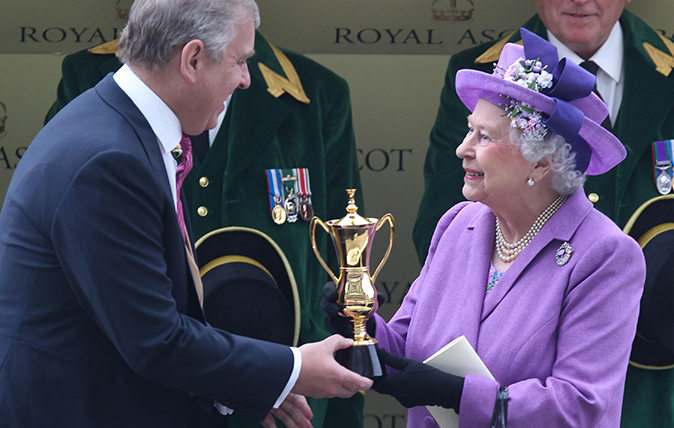

Be it a jug, a vase or a miniature urn, behind every sporting battle is a prize or trophy - and often one with a story quite different to that of the competition itself. Take, for example, the Jules Rimet, previously awarded to the winner of the FIFA World Cup, which, in 1966, was stolen during a public exhibition in Westminster and discovered a week later in a suburban garden hedge in West Norwood by a dog named Pickles.
‘They’re symbols of victory, but they take on their own identities, making them even more sought after,’ says Scott Gamble of Asprey, which has made trophies for the Investec Derby, Aviva Premiership Rugby and for the champion jump jockey.
The word trophy derives from the Greek tropaios, meaning ‘for defeat’ and, traditionally, they were a mark of victory in battle; soldiers in Ancient Greece hung captured arms and standards on trees to resemble a warrior. At the first Olympic Games, winners were presented with laurel wreaths, but the Ancient Romans handed out vases, shields and silver cups at local games and, from the 17th century, chalices were handed out to winners of sporting events in the New World.
Companies such as Mappin & Webb, Asprey and Tiffany & Co have departments dedicated to trophies and it’s not unusual for a sponsor or sporting body to devote a six-figure sum to silverware. ‘All of ours are handmade at our workshop in Bond Street - the [football] Premier League trophy takes 700 hours to create,’ explains Mr Gamble.
It doesn’t always follow, however, that the bloodiest sporting battles offer the most lavish prizes. The leader of the Tour de France makes do with a yellow jersey and English and Australian cricketers fight over a tiny perfume bottle.
Indeed, when Pickles’s owner, Dave Corbett, took the Jules Rimet trophy to his local police station, the desk sergeant couldn’t have been less impressed. ‘That doesn’t look very World Cuppy to me,’ he said, yet that same trophy, which was stolen again and never recovered, has been the subject of several books and a documentary and scored Pickles a brief career in television.
Ascot Gold Cup
The winning owner of this Group 1 Flat race, the highlight of Ladies’ Day at Royal Ascot, is allowed to keep the trophy, meaning that Sue Magnier, owner of Yeats, the horse that won the race every year from 2006 to 2009, has been presented with no fewer than four of them. Each year, a new trophy is designed by Garrard & Co, then approved and presented to the winner by The Queen. Unless, of course, she wins the race herself, which was the case in 2013, when The Duke of York stepped in to hand his mother the prize.
Sign up for the Country Life Newsletter
Exquisite houses, the beauty of Nature, and how to get the most from your life, straight to your inbox.
The race was first run in 1807 and, from 1844, was known as the Emperor’s Plate, after Nicholas I of Russia offered a new trophy. The original name was restored nine years later, during the Crimean War.
America’s Cup
‘The auld mug’ is yachting’s most prestigious prize and the oldest trophy in international sport, but the silver ewer isn’t particularly valuable in itself. Henry William Paget, 1st Marquess of Anglesey, purchased it off the shelf at Garrard in 1851 for 100 sovereigns as a trophy for the new £100 Cup around the Isle of Wight.
The competition was won by a schooner called America, which had been sailed across the Atlantic by a syndicate of businessmen from the newly formed New York Yacht Club. They subsequently donated the trophy to the club, which made it available for international challenge under the terms of the deed of gift.
For the next 132 years, the America’s Cup remained in the USA, despite being challenged 24 times. It marked the longest winning streak in the history of sport, until, in 1983, Australia II became the first successful challenger. Britain hasn’t managed to recover the trophy in the 166 years since it left our shores - Sir Ben Ainslie was hoping to reverse this great sporting hurt in last month’s Louis Vuitton America’s Cup, but New Zealand emerged victorious.
The Ashes urn
‘The body will be cremated and the ashes taken to Australia’ was the mock obituary in remembrance of English cricket that appeared in the Sporting Times in 1882, after the national side was was narrowly defeated by Australia at the Kennington Oval (the match was so tense, legend has it that one spectator chewed through the handle of his umbrella). When the English team left for the return tour later that year, captain Ivo Bligh pledged to bring back ‘the Ashes of English cricket’ and led his team to a series victory.
The 4in terracotta perfume bottle, which is thought to contain the ashes of a bail, was a personal gift to Bligh from the wife of Sir William Clarke, president of the Melbourne Cricket Club. It has been the emblem of England-Australia Test cricket ever since and lives behind glass at Lord’s Cricket Ground. The winners now receive the MCC Waterford Crystal Trophy, a large glass replica, instead.
The Field Cup
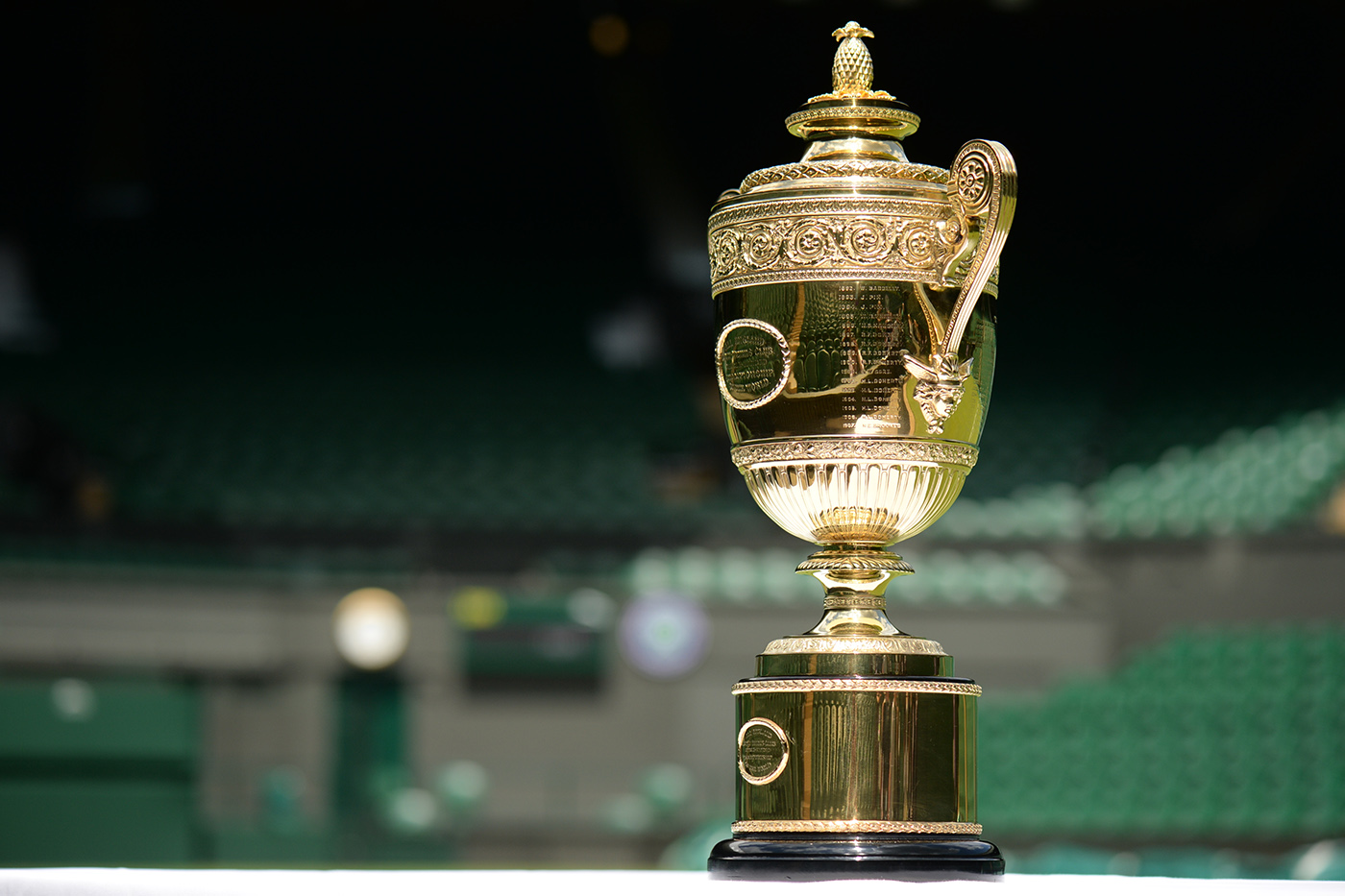
The trophy presented to the men’s singles winner at the first Wimbledon Championship in 1877 cost 25 guineas and was given to the All England Croquet and Lawn Tennis Club by J. H. Walsh, editor of The Field. Six years later, it was retired when William Renshaw, a three-times winner, was permitted under rules to take it home with him. In 1886, Renshaw, having won another three consecutive competitions, also kept the new Challenge Cup.
Unsurprisingly, the rules were then changed to ensure the second replacement Challenge Cup, costing 100 guineas, ‘would never become the property of the winner’. It’s still used today, adorned with a pineapple - a symbol of wealth and luxury - and inscribed with ‘The All England Lawn Tennis Club Single Handed Championship of the World’, although players may now use both hands and there is no official championship of the world - nor was there ever.
Football Challenge Cup
The world’s first football competition was played in Sheffield in 1867, under Sheffield Rules, and won by Hallam, which never received its trophy. Unfortunately, the cup, also known as the Youdan Cup as local theatre owner Thomas Youdan sponsored the competition, wasn’t ready in time and it was then lost - for 130 years. In 1997, it was uncovered by a Scottish antiques collector, who sold it to Hallam for £1,600 - it was then assessed on Antiques Roadshow and given a valuation of at least £100,000. The competition has now returned as a grassroots tournament in Sheffield.
The King George V Gold Cup
There was an awkward moment at the Royal International Horse Show prize-giving last year, when Ireland’s Billy Twomey dropped the solid-gold King George V Gold Cup on the ground. The trophy, which was commissioned by the monarch from Garrard & Co when he became patron of the show in 1911, is worth £250,000 and this wasn’t the first time the equestrian world has feared for its safety.
When the Second World War broke out, it was on Italian soil with the last winner, Conte Alessandro Bettoni-Cazzago, who buried it in the grounds of his villa to keep it from harm. Thankfully, it was returned to its owner, the British Horse Society, in mint condition on both occasions.
Today, it’s kept under lock and key in a vault in London and has its own security guard when brought out at the All England Jumping Course at Hickstead, West Sussex, each summer. The prestigious showjumping competition opened to female riders in 2008 and Beezie Madden became the first lady to lift it in 2014 - she won it again in 2015.
The RAC Tourist Trophy
Lewis Hamilton has often bemoaned the low standard of trophies in motor racing - some are plastic - but the Tourist Trophy is an exception. This elegant sculpture of Hermes is the oldest trophy in motorsport, having been presented in 1905 at the world’s first endurance race on a 50 mile-a-lap circuit on the Isle of Man. The winner, John Napier, managed an average speed of 33mph for six hours in his Arrol-Johnston.
Nowadays, the trophy is awarded to the winners of the World Endurance Championship Six Hours of Silverstone, which is the opening round of the FIA World Endurance Championship. The last British winner was Anthony Davidson for Toyota Racing in 2014.
The Claret Jug
Tom Kidd was the first winner of the Golf Champion Trophy at Prestwick Golf Club in 1873, a silver claret jug made by Mackay Cunningham & Company, Edinburgh. It has been on permanent display at the Royal & Ancient Clubhouse in St Andrews since 1928 and a replica is presented to the winner of the Open Championship, one of the four golf ‘majors’.
Famously, the trophy was engraved with the winner’s name before they received it and there was much speculation as to when the engraver was sure enough of the outcome to begin. Only once did he made a mistake: in 1999, when Jean van de Velde infamously choked with a triple bogey on the 18th hole. Paul Lawrie subsequently won the playoff and the engraver had to scratch through van de Velde’s name. The winning golfer’s name is now only added after his scorecard is verified by officials.
The Calcutta Cup
Former students of Rugby School set up the Calcutta (Rugby) Football Club in 1873 and the club joined the Rugby Football Union (RFU) the following year. When the local British Army regiment departed a few years later (and, perhaps more crucially, the bar ceased to be free), the club was disbanded and the 270 silver rupees remaining in its bank account were melted down, then crafted into a cup to be presented to the RFU for ‘some lasting good for the cause of Rugby Football’.
The trophy, which has an Indian elephant on the lid and king cobras as handles, has been the prize for the annual England-Scotland clash ever since, although the winners are no longer presented with the original. Time and a shoeing down Princes Street in Edinburgh by drunk players in 1988 have left it fragile and it’s now only displayed to the public at the Museum of Rugby in Twickenham when England hold the title.
The FA Cup
No one knows what became of the original FA Cup trophy, the prize for the world’s oldest Association Football competition. Known as the little tin idol, it was made by Messrs Martin, Hall & Co of Birmingham for the inaugural season (1871–2) and cost £20, but was stolen without trace in 1895 from a shop in Aston, where it was on display for fans to admire. A £10 reward was offered for its safe return, but it was never recovered and Aston Villa was forced to pay a fine of £25.
In 1958, an elderly former criminal called Harry Burge claimed that he’d melted down the cup to make coins, although there is no evidence to back this up.
The FA Cup trophy used between 1911 and 1992, designed by Fattorini and Sons and adorned with grapes and vines, was recently valued at more than £1 million on Antiques Roadshow. Today, a perfect replica of the 1911 trophy – made by Thomas Lyte – is awarded to the winning club
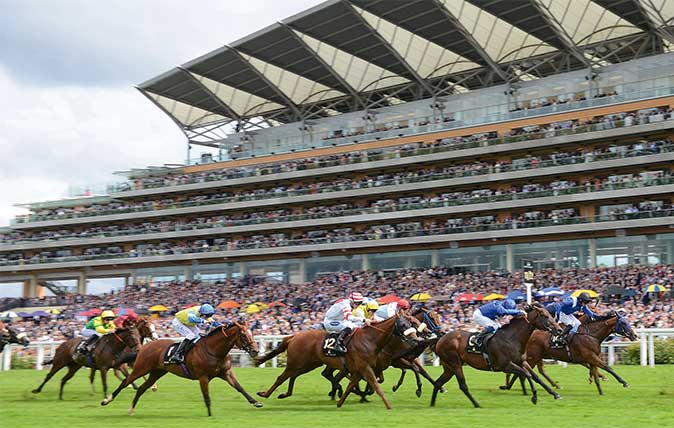
Credit: Alamy
Royal Ascot: Rich pageantry, high living and fast horses at Britain's finest racing festival
Every year, Royal Ascot serves up racing at its finest – but that's just the starting point for the experience.
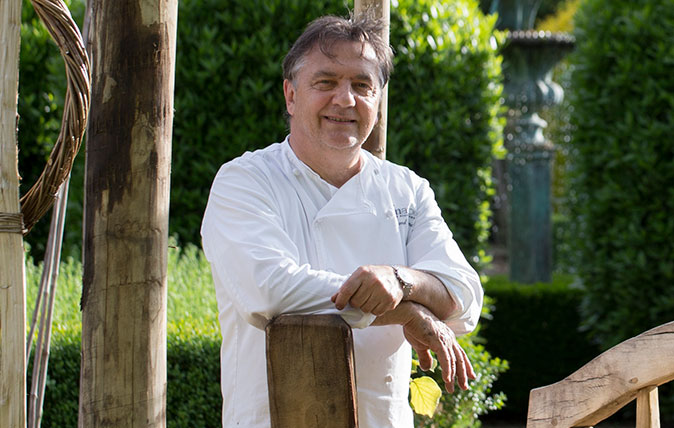
Raymond Blanc's perfect picnic: 'I'm a Frenchman through and through'
This picnic is ideal for Royal Ascot.
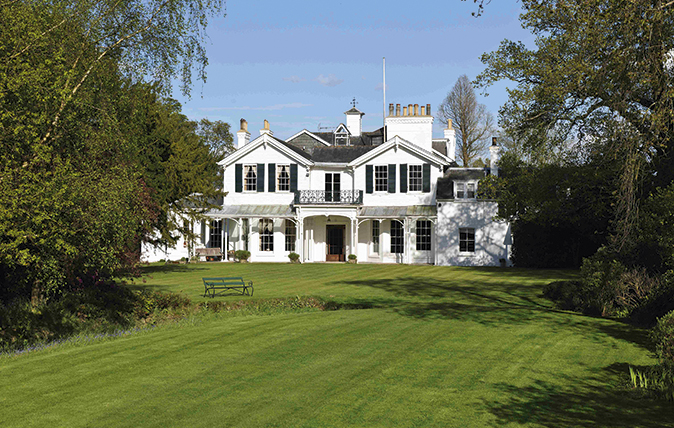
Lord Baden-Powell's childhood home up for sale, with cricket pitch and nuclear bunker
Langton House and estate near Tunbridge Wells has some extraordinary features: it takes in a beautiful house, a bluebell wood
Country Life is unlike any other magazine: the only glossy weekly on the newsstand and the only magazine that has been guest-edited by HRH The King not once, but twice. It is a celebration of modern rural life and all its diverse joys and pleasures — that was first published in Queen Victoria's Diamond Jubilee year. Our eclectic mixture of witty and informative content — from the most up-to-date property news and commentary and a coveted glimpse inside some of the UK's best houses and gardens, to gardening, the arts and interior design, written by experts in their field — still cannot be found in print or online, anywhere else.
-
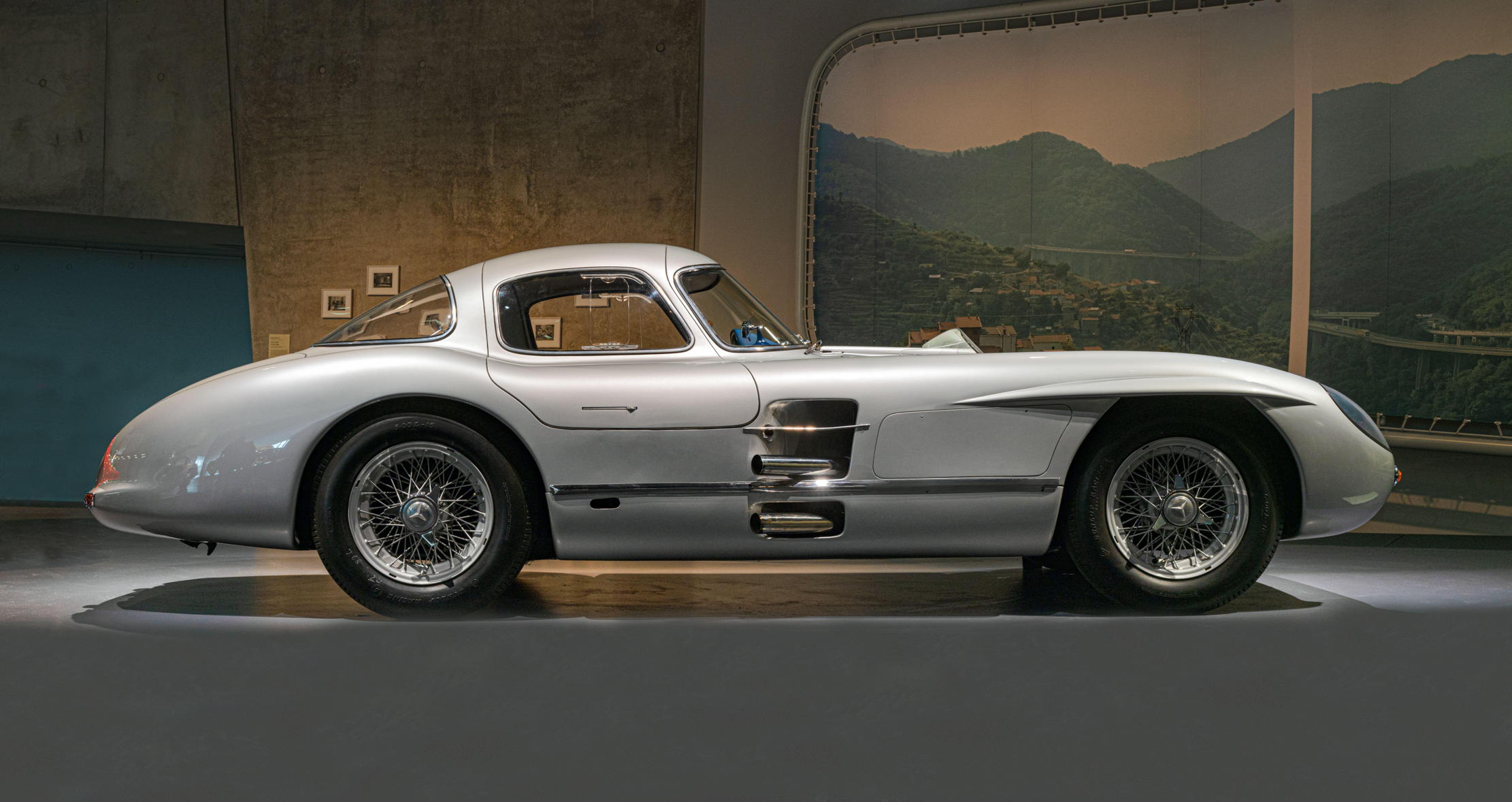 Jungle temples, pet snakes and the most expensive car in the world: Country Life Quiz of the Day, April 14, 2025
Jungle temples, pet snakes and the most expensive car in the world: Country Life Quiz of the Day, April 14, 2025Mondays's quiz tests your knowledge on English kings, astronomy and fashion.
By James Fisher Published
-
 Welcome to the modern party barn, where disco balls are 'non-negotiable'
Welcome to the modern party barn, where disco balls are 'non-negotiable'A party barn is the ultimate good-time utopia, devoid of the toil of a home gym or the practicalities of a home office. Modern efforts are a world away from the draughty, hay-bales-and-a-hi-fi set-up of yesteryear.
By Annabel Dixon Published
-
 Arthur Parkinson: I am a cleaner, security guard and matron to my happy hens
Arthur Parkinson: I am a cleaner, security guard and matron to my happy hensIn his first regular chicken-keeping column for ‘Country Life’, Arthur Parkinson introduces his brood and touches on the importance of good housekeeping.
By Arthur Parkinson Published
-
 Is anyone more superstitious than a sports star?
Is anyone more superstitious than a sports star?When it comes to worrying about omens and portents, nobody gets quite so worked up as our sportsmen and women.
By Harry Pearson Published
-
 The humble hazel dormouse — 'the flagship species of the health of our countryside'
The humble hazel dormouse — 'the flagship species of the health of our countryside'The sleepy and very sweet hazel dormouse is one of Britain's rarest mammals.
By Jack Watkins Published
-
 The grass is always greener: Follow in the footsteps of Sir Andy Murray and play in The Giorgio Armani Tennis Classic
The grass is always greener: Follow in the footsteps of Sir Andy Murray and play in The Giorgio Armani Tennis ClassicThere’s no better time of year than the summer grass court tennis season.
By Rosie Paterson Published
-
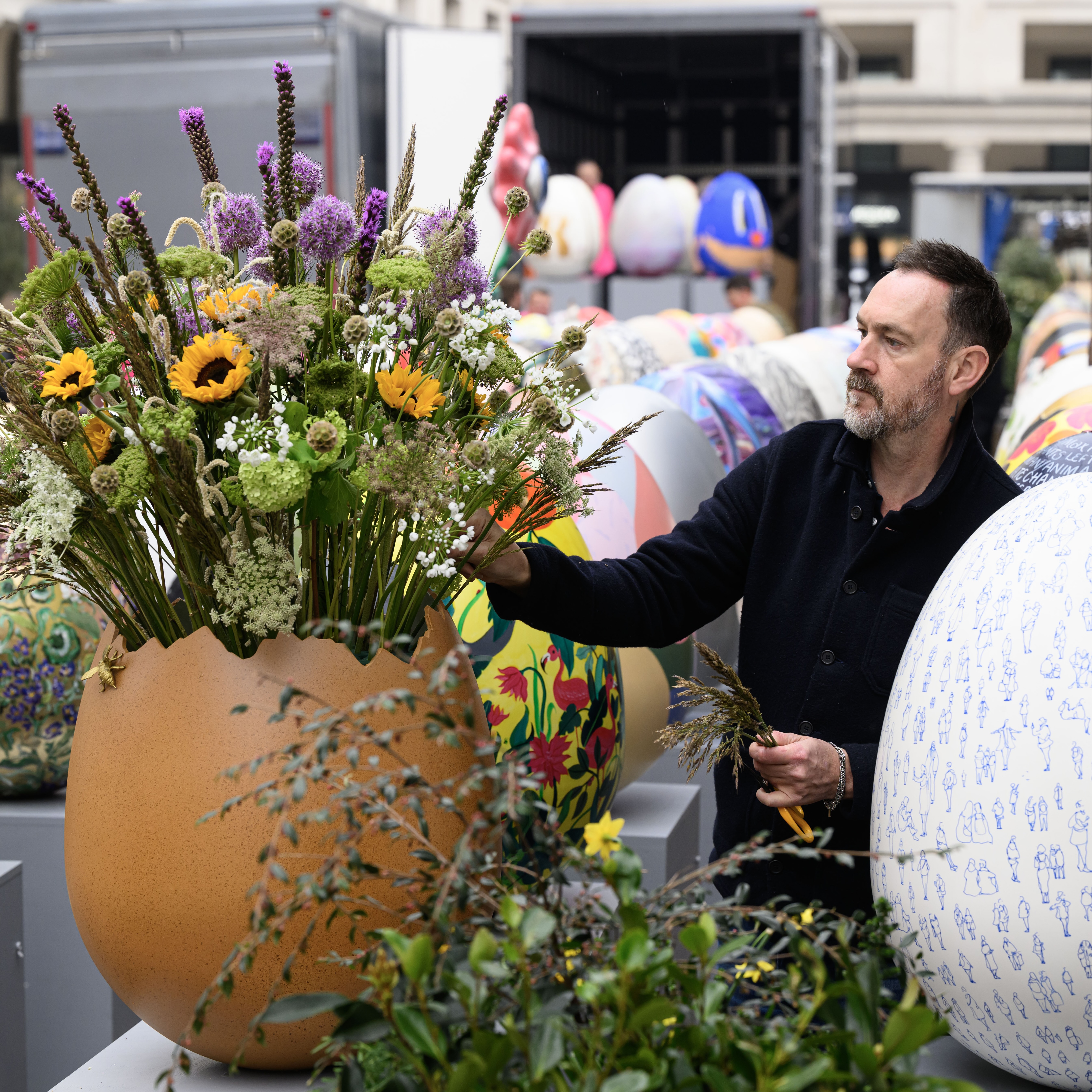 You've gotta catch them all: Everything you need to know about London's giant Easter egg hunt
You've gotta catch them all: Everything you need to know about London's giant Easter egg huntFortnum & Mason, Anya Hindmarch and Chopard are among the companies that have lent a creative hand.
By Amie Elizabeth White Published
-
 The UK gets its first ‘European stork village’ — and it's in West Sussex
The UK gets its first ‘European stork village’ — and it's in West SussexAlthough the mortality rate among white storks can be up to 90%, the future looks rosy for breeding pairs in southern England.
By Rosie Paterson Published
-
 Can't you hear me S.O.S? Our treasured native dog breeds are at risk of extinction
Can't you hear me S.O.S? Our treasured native dog breeds are at risk of extinctionDo you know your Kerry blue terrier from your Lancashire heeler? A simple lack of publicity is often to blame for some of the UK's native dog breeds flying dangerously low under-the-radar.
By Victoria Marston Published
-
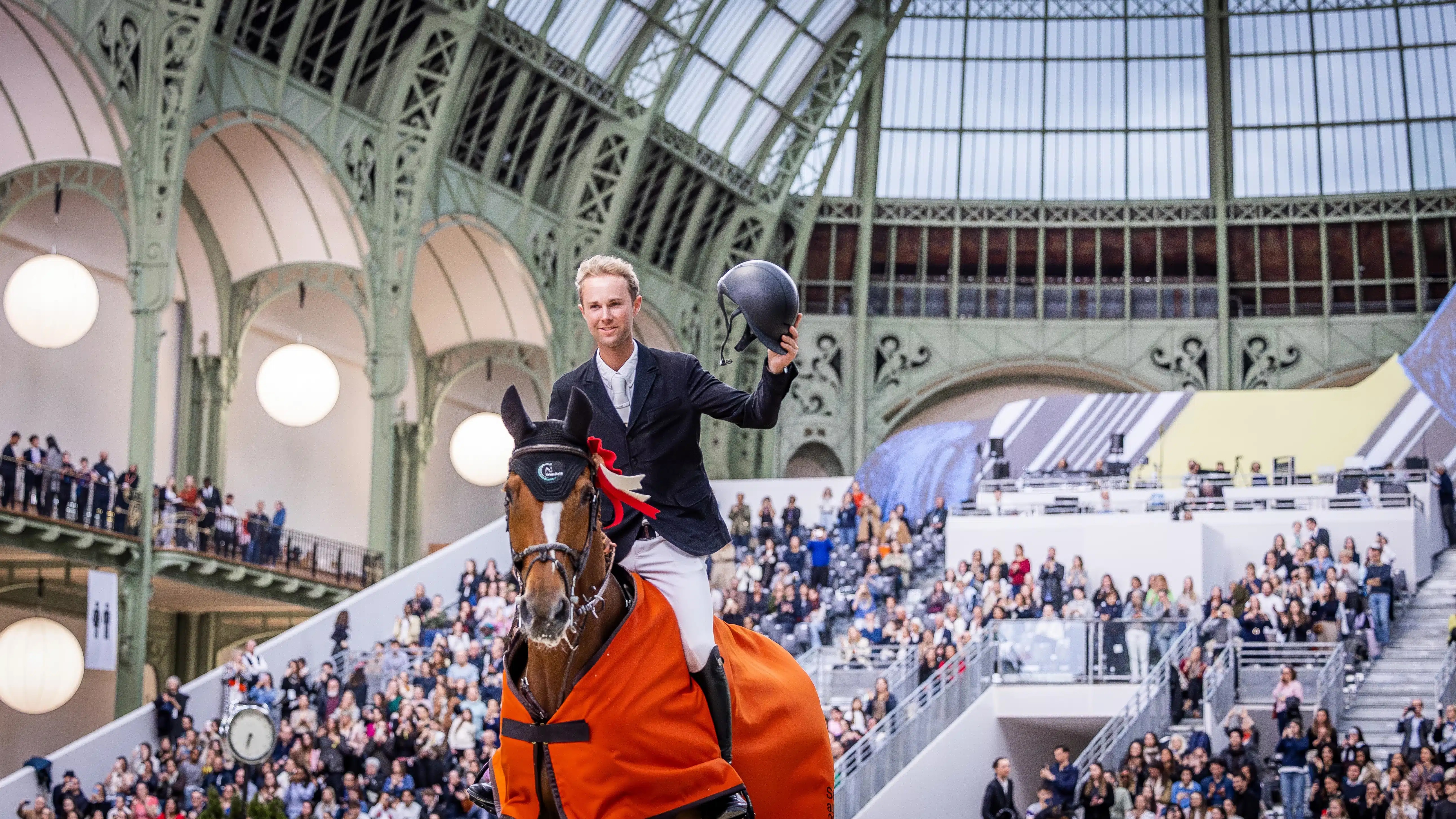 The prestigious Saut Hermès was a tantalising taste of what to expect when Paris's Grand Palais reopens to the public in June
The prestigious Saut Hermès was a tantalising taste of what to expect when Paris's Grand Palais reopens to the public in JuneThe Grand Palais in Paris, France, has been closed to the public for extensive renovation works since 2021.
By Rosie Paterson Published